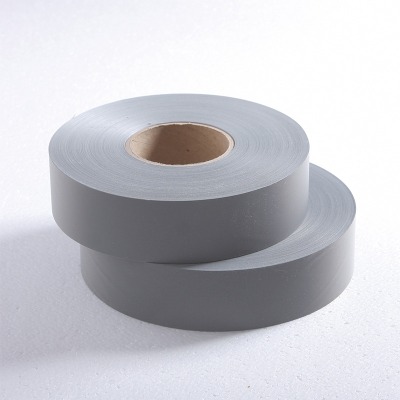
High heat reflective materials have emerged as a crucial solution in the fight against urban heat islands (UHIs), a phenomenon where urban areas experience significantly higher temperatures than their rural counterparts. This temperature disparity is primarily due to the prevalence of heat-absorbing materials in cities, such as asphalt and conventional roofing. High heat reflective materials, which include reflective paints, coatings, and specialized pavements, are designed to reflect a substantial amount of solar radiation, thereby reducing heat absorption and contributing to cooler urban environments.
Recent studies have highlighted the effectiveness of these reflective materials in mitigating the urban heat island effect. For instance, reflective surfaces can lower surface temperatures by as much as 20°C and reduce surrounding air temperatures by nearly 5°F. This cooling effect not only enhances outdoor comfort but also decreases the energy demand for cooling buildings, which is particularly beneficial during peak summer months. By employing high heat reflective materials, cities can significantly lower their cooling loads, potentially reducing energy consumption by up to 40%.
The advancements in high heat reflective materials technology have been remarkable in recent years. Researchers have developed new thermo-reflective coatings that exhibit enhanced properties, such as improved durability and higher reflectivity across various wavelengths of solar radiation. These innovations allow for the application of these reflective materials in diverse settings, from residential rooftops to commercial buildings and urban pavements. The introduction of nanotechnology has further propelled the development of high heat reflective materials, enabling the creation of thinner, more efficient coatings that maintain or even enhance their reflective capabilities.
Moreover, the application of high heat reflective materials is not limited to roofs and pavements. They can also be integrated into building facades, providing a comprehensive approach to reducing heat absorption in urban environments. The use of high heat reflective materials in urban planning and design is increasingly recognized as a vital strategy for combating climate change and improving urban resilience. Cities like Los Angeles and Phoenix have already implemented programs that promote the use of high heat reflective materials, showcasing their potential to create more sustainable and livable urban spaces.
In addition to their cooling benefits, these reflective materials contribute to improved air quality. By reducing the need for air conditioning, these materials help decrease the emissions associated with electricity generation, which is often derived from fossil fuels. This reduction in energy consumption not only lowers greenhouse gas emissions but also diminishes the concentration of harmful pollutants in urban areas, thereby enhancing public health.
The environmental impact of high heat reflective materials extends beyond immediate temperature reductions. Their widespread adoption can cause significant changes in urban microclimates, fostering a more comfortable living environment for residents. Furthermore, high heat reflective materials can play a role in reducing heat-related morbidity and mortality, particularly among vulnerable populations who are disproportionately affected by heat events.
As cities continue to grapple with the challenges posed by climate change, the role of high heat reflective materials will only become more critical. Ongoing research and development efforts aim to refine these materials further, exploring new formulations and applications that maximize their effectiveness. The future of urban design will likely see an increased emphasis on integrating these reflective materials into building codes and standards, promoting their use as a standard practice in sustainable construction.
High heat reflective materials represent a promising avenue for addressing the urban heat island effect and enhancing environmental sustainability. Their ability to reflect solar radiation, reduce energy consumption, and improve air quality positions them as essential components in the toolkit for combating climate change. As technology advances and awareness grows, the adoption of these materials is expected to rise, paving the way for cooler, healthier, and more resilient urban environments.